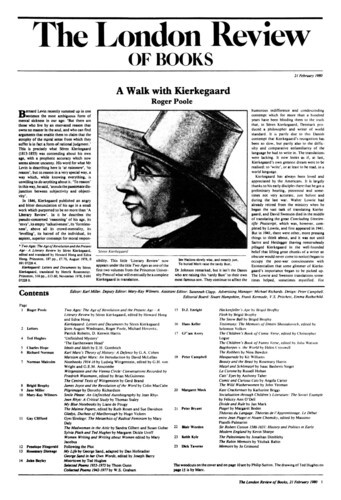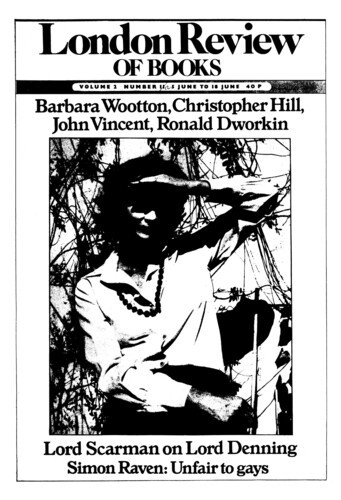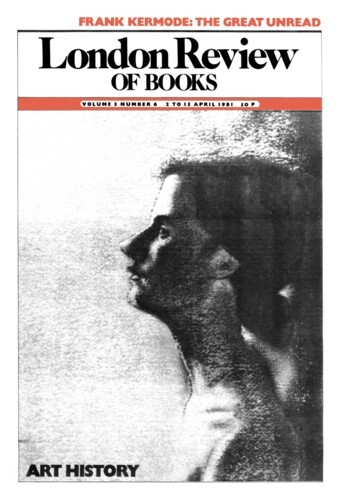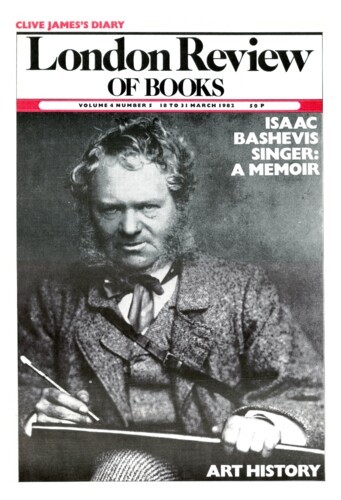Canons and Conveniences
Charles Hope, 21 February 1980
Sir Ernst Gombrich is not only one of the very few historians of art now alive whose ideas have aroused wide interest outside his immediate discipline, but he is also an astonnishingly skilful lecturer. It is therefore only appropriate that he should so often have been invited to give those formal university lectures devoted to the discussion of general cultural issues. Most of the pieces included in his latest volume of collected essays originate in lectures of this kind, although in some cases the original texts have been greatly expanded. The themes that he examines will be familiar to anyone who has read his earlier work, but his arguments gain immeasurably by being presented in a single volume, even though this inevitably involves a certain amount of repetition, notably in his remarks on the PhD industry and the dangers of specialisation.




